Sign up for workout ideas, training advice, reviews of the latest gear and more.

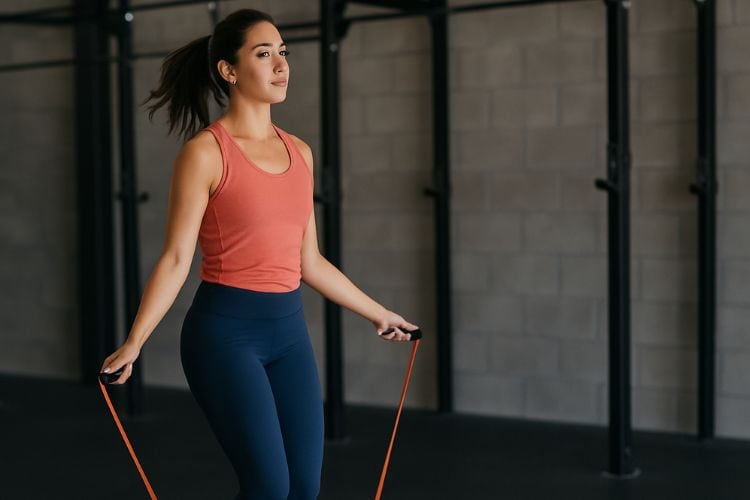
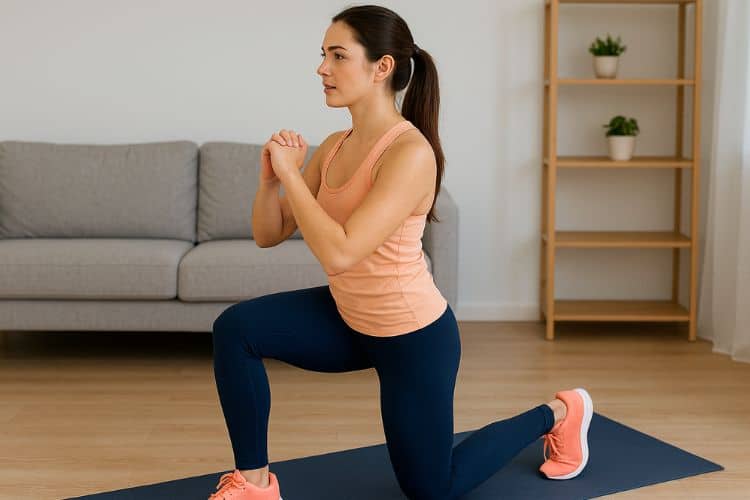
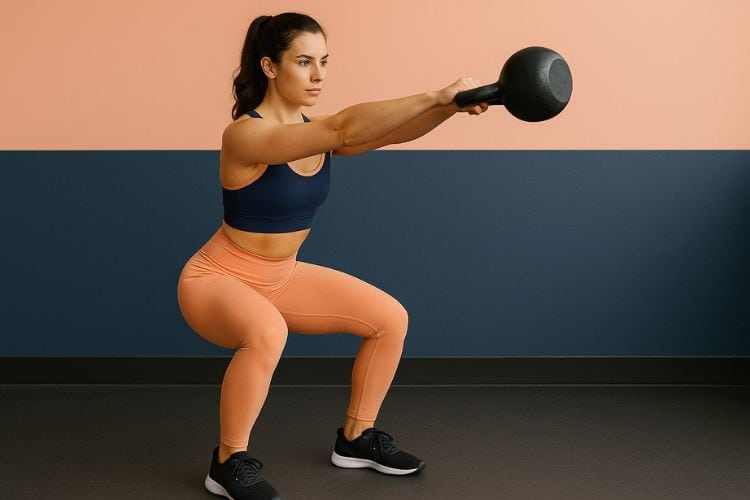
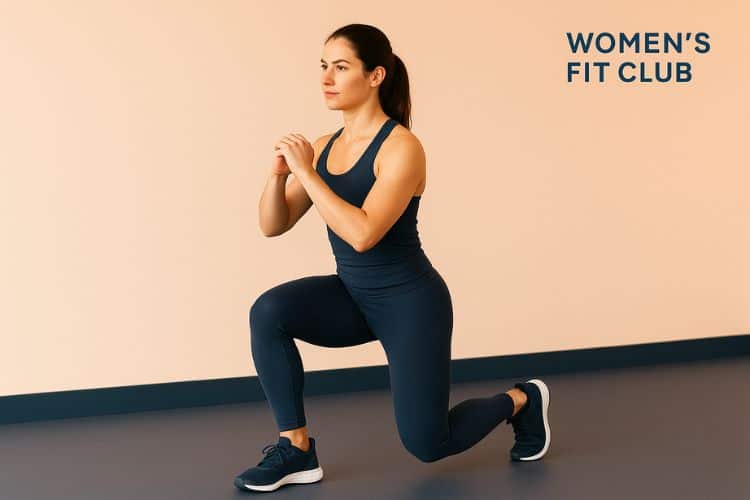
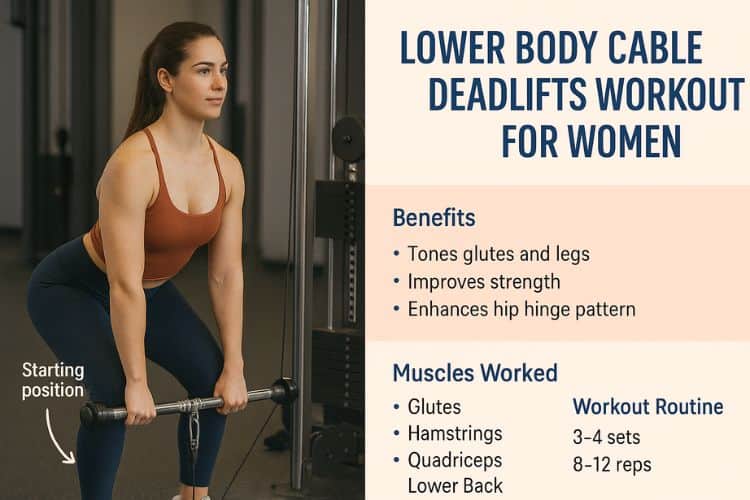
When it comes to sculpting a strong, toned, and functional lower body, few exercises rival the deadlift. Traditionally performed with a barbell, the deadlift has long been a staple in strength training. However, many women are now turning to cable deadlifts as a safer, more controlled alternative that still delivers incredible results. This variation provides constant tension on the muscles, improves form, and allows progressive strength gains without overwhelming the joints.
Cable deadlifts are particularly effective for targeting the glutes, hamstrings, quadriceps, and lower back, making them one of the best exercises for women looking to tone, strengthen, and build lean muscle in the lower body.
Unlike free weights, cables provide continuous resistance throughout the entire movement. This constant tension keeps your muscles engaged, leading to improved activation in the glutes and hamstrings—two areas many women aim to strengthen and shape.
Cable deadlifts allow for smoother motion patterns and controlled resistance. For beginners or women with previous injuries, cables reduce the risk of improper form and minimize unnecessary strain on the spine and joints.
Whether you’re new to lifting or already experienced, CD can be adjusted to your fitness level. By simply increasing or decreasing the weight stack, you can progressively challenge your muscles without compromising form.
Deadlifts mimic everyday movements such as bending, lifting, and standing up with proper posture. Incorporating cable deadlifts helps women build functional strength, improving performance not only in the gym but also in daily life.
For women focused on aesthetics, CD lift and firm the glutes, create definition in the hamstrings, and build balanced lower-body proportions. This makes them a go-to move for those aiming to achieve a toned, athletic physique.
This combination makes the cable deadlift a full-posterior chain exercise—perfect for strength, toning, and overall lower-body development.
Performed with a straight bar, this is the standard version ideal for learning the movement.
Targets the hamstrings and glutes more directly by keeping the knees only slightly bent and focusing on hip hinging.
A unilateral version that challenges balance, coordination, and core engagement while isolating each leg.
With a wider stance and toes slightly pointed outward, this variation emphasizes the inner thighs and glutes.
A hybrid move where you deadlift and then pull the cable into a row, engaging both lower body and upper back.
CD can be performed 2–3 times per week as part of a lower-body or full-body workout routine. Pair them with squats, lunges, and glute bridges for a comprehensive training plan.
The most common mistake in deadlifts is rounding the spine, which places strain on the lower back. Always keep a neutral spine.
Deadlifts are a hip-hinge movement, not a pull. Focus on driving through the hips and glutes instead of pulling with your arms.
Many lifters rush the lowering portion. Slow and controlled movement maximizes muscle tension and results.
If you step too far away, the cable pulls your body forward, disrupting balance. Stay close enough to maintain alignment.
For women seeking toning, shaping, and functional strength without heavy spinal loading, CD are often the superior choice. However, barbell deadlifts can still be incorporated once form and strength improve.
Here’s a sample workout to integrate CD effectively:
This routine balances strength, hypertrophy, and toning, making it perfect for women who want to sculpt their lower body.
Yes. Cables guide your range of motion, making it easier to learn proper hip hinging without the risk of poor barbell form.
They can be an alternative, especially for those with back issues or beginners, but barbell deadlifts still have unique benefits for maximal strength.
Absolutely. They emphasize hip extension and glute engagement, making them a top exercise for lifting and shaping the glutes.
Start light to master form, then gradually increase resistance to challenge your muscles without sacrificing technique.
The lower body cable deadlift is one of the most effective exercises for women who want to strengthen, tone, and build confidence in their workouts. It combines the benefits of traditional deadlifts with the added safety and versatility of cable resistance.
By incorporating cable deadlifts into your routine, you’ll not only shape your glutes, hamstrings, and quads but also build functional strength that enhances everyday life. Whether your goal is fat loss, muscle gain, or athletic performance, this exercise deserves a permanent place in your lower-body workouts.
Want more workout and video guide?
Follow us on Pinterest, Facebook, and Subscribe to our Newsletter and Stay tuned for FREE downloads of our App coming soon!
Stay up to date on the latest women’s health, fitness and lifestyle trends and tips.